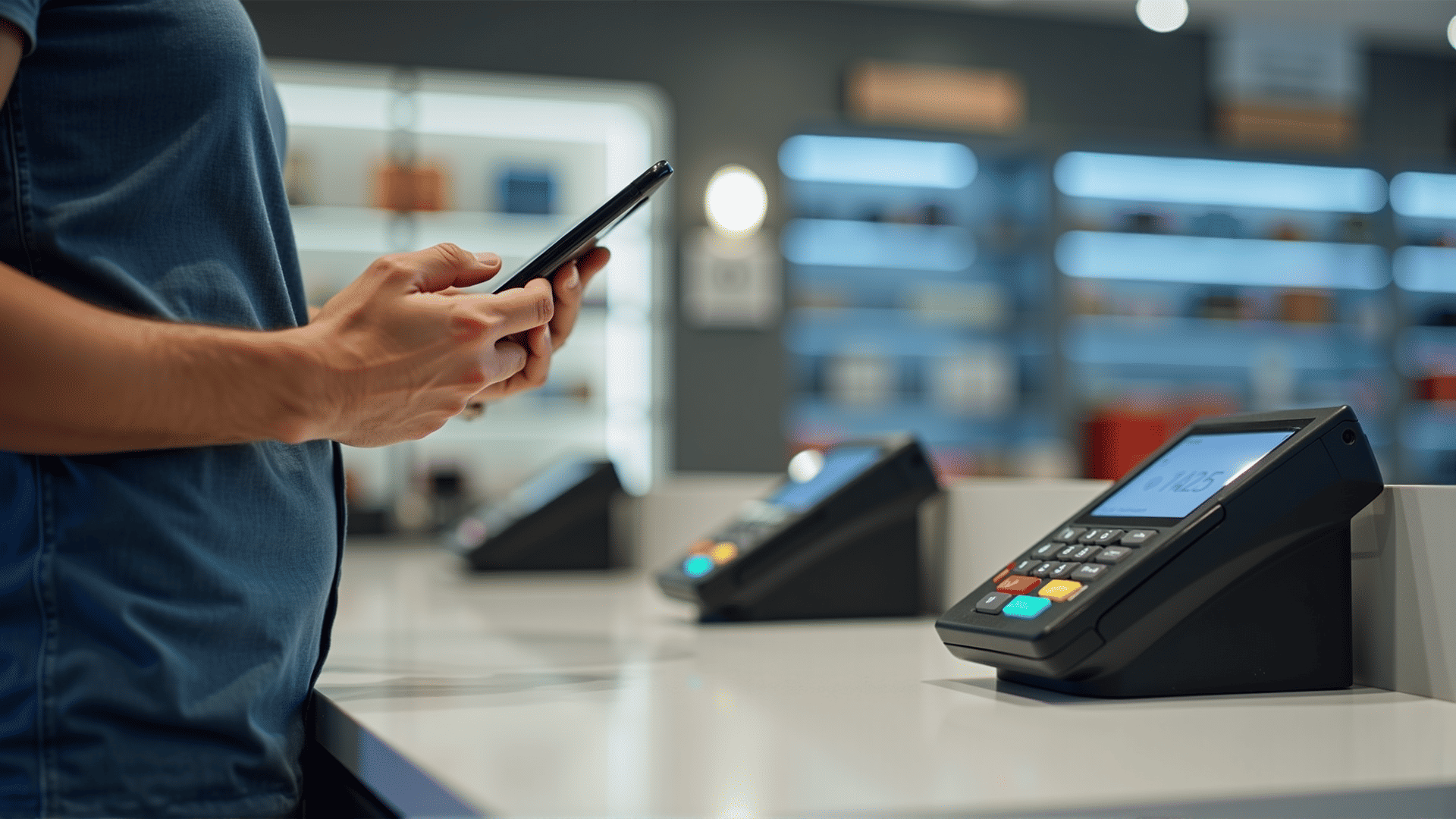In today’s fast-paced world, the way we handle financial transactions is evolving rapidly. The days of fumbling for change or writing checks are giving way to a suite of innovative payment options that promise convenience, efficiency, and enhanced security. Whether you're shopping online or buying a cup of coffee, modern payment methods are designed to make transactions as seamless as possible.
One of the most transformative developments in the payment landscape is the rise of digital wallets. Platforms like Apple Pay, Google Wallet, and Samsung Pay allow users to store their credit card information securely on their smartphones, enabling them to make payments with just a tap. This not only speeds up the transaction process but also reduces the need to carry physical cards, providing an added layer of security by minimizing the chances of credit card theft or loss.
Contactless payment methods are gaining immense popularity, particularly in the wake of the COVID-19 pandemic. The fear of handling cash has accelerated the adoption of systems that allow consumers to pay by simply waving their smartphone or contactless card over a payment terminal. These quick tap-and-go transactions are not only convenient but also help reduce physical contact, aligning with new hygiene standards.
Furthermore, the integration of biometric technology is taking payments to the next level. Fingerprint scans and facial recognition technologies are being increasingly used to authenticate transactions, adding an additional security layer that makes unauthorized access more difficult. These methods capitalize on the uniqueness of biological traits, ensuring peace of mind for customers concerned about fraud.
Moreover, the online realm has seen a dramatic shift with the acceptance of peer-to-peer (P2P) payment systems. Apps like Venmo, PayPal, and Zelle allow users to send money instantly to friends and family with just a few clicks. These platforms also offer a social aspect, allowing users to include personal messages or emojis with their payments, making financial exchanges more personable and engaging.
The cryptocurrency revolution is another game-changer in the financial landscape. Cryptocurrencies like Bitcoin, Ethereum, and others enable users to perform transactions without the need for centralized banking systems. While still in its relative infancy, the adoption of cryptocurrencies is gradually increasing as more businesses begin to accept them. They offer benefits such as reduced transaction fees and independence from traditional banking restrictions.
Subscriptional payment models have also become prevalent across varied industries. Music streaming platforms, educational services, and software applications are increasingly adopting subscription-based billing, offering customers ongoing access to their offerings for a periodic fee. This not only ensures a steady revenue stream for businesses but also fosters long-term customer relationships.
As we embrace these cutting-edge payment solutions, it's important to stay informed and vigilant about security measures. Using strong, unique passwords, enabling multi-factor authentication, and staying wary of phishing attempts are crucial steps in safeguarding one’s financial data.
In conclusion, the modern payment landscape is defined by its versatility, security, and user-centric design. These innovative solutions are not just transforming how we conduct transactions, but are also setting the tone for a more digital, secure, and efficient future. As the ecosystem continues to evolve, embracing these technologies will undoubtedly enhance our financial experiences remarkably.
